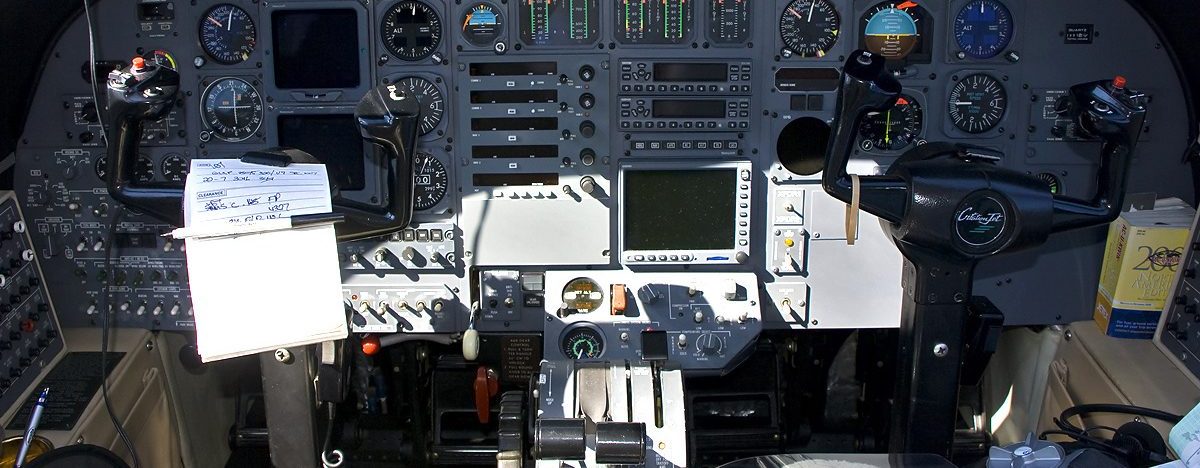Capt. Gus Maestrales: Lake Erie CJ4 tragedy reminds us of the importance of 2 pilot operations
Another day of combing Lake Erie turned up empty Tuesday, as intense search and recovery efforts continue for the six passengers aboard N614SB, a Cessna Citation 525 jet that disappeared last Thursday night shortly after takeoff from Burke Lakefront Airport in Cleveland. Bad weather today and rough water create very low visibility and make the search even more challenging. But, continue it will until conclusive evidence is found.
Several additional search and recovery operations have joined the efforts. The New York State Police, the Ohio Department of Natural Resources, Akron Fire, Toledo Fire and the Cleveland Metropark Rangers are all engaged. Today, there were seven vessels with four dive teams, searching in 35-45 foot water within a grid measuring around 2.5 miles from east to west and 2 miles north to south. Air and shoreline search efforts continue, too. Police have confirmed that a bag recovered Sunday near the Shoreby Club, in Bratenahl, a Cleveland suburb, came from the Lake Erie plane crash.
The Pilot was identified as Columbus-area businessman, John T. Fleming, the CEO of Columbus-based Superior Beverage. He and his wife, Suzanne, along with their teenage boys, Jack and Andrew, had gone to the Cleveland Cavaliers game on Thursday night, along with a neighbor and a neighbor’s daughter. The plane took off from the (BKL) airport just before 11 p.m., heading home to Columbus. Within one minute, the plane was dropping toward the lake at a rate of 3,700 feet per minute. It vanished from radar, and so far, crews have picked up only a slight ping, which hasn’t been enough to give them an exact location of where the plane went down.
The Cessna CJ4 (CE-525C) has been touted as “the perfect choice for anyone looking for an entry-level private business jet. It is designed to be extremely economical, both in purchase price and operating costs: the CJ’s systems are simple, making it easy to fly and operate by a single pilot.”
This is such a heart-wrenching tragedy for these two young families enjoying a special holiday outing together, bright and hopeful for the New Year. Yet, John T. Fleming, an experienced pilot, was flying a high-performance aircraft alone. There was not another pilot aboard to help should some unforeseen event occur… a heart attack, stroke, whatever, even food poisoning has occurred in the cockpit, and more commonly, vertigo. This is a, possibly fatal, spacial disorientation pilots can experience when flying over areas, such as water, with no reference to the ground. Once vertigo sets in, unless you are quick to catch it, and that means you are a professional pilot or flight instructor, then it is, for all practical purposes, over for all on board. The pilot will totally lose the aircraft in less than 30 seconds with no turning back. This is exactly what happened to John F. Kennedy, Jr.
Why do the airlines have two crew members aboard? Why do most FAR Part 135 jet charter operators require two pilots on every flight even though FAA regulations allow for single-pilot operations on certain jet models? Certainly, the captain could fly the aircraft completely by himself, but the second pilot is there for just these reasons. If the captain becomes incapacitated; If one pilot is drifting and getting vertigo the other pilot is there to catch it! Also, there is so much to do in a jet with navigation, radio, weather, and all that’s going on…especially at night!
Having 16000 hours and a pocket full of ratings, as well as being an instructor, flying my family or any passenger alone is unthinkable to me. A pilot needs to have a little fear, great respect, knowledge and common sense. Passengers need to know not to get on an aircraft without two qualified pilots. I certainly have great compassion for these dear people, who are no longer with us, but I know the tragedy could have been avoided. The FAA needs to address this situation, because these incidents happen more frequently than we like to think.




